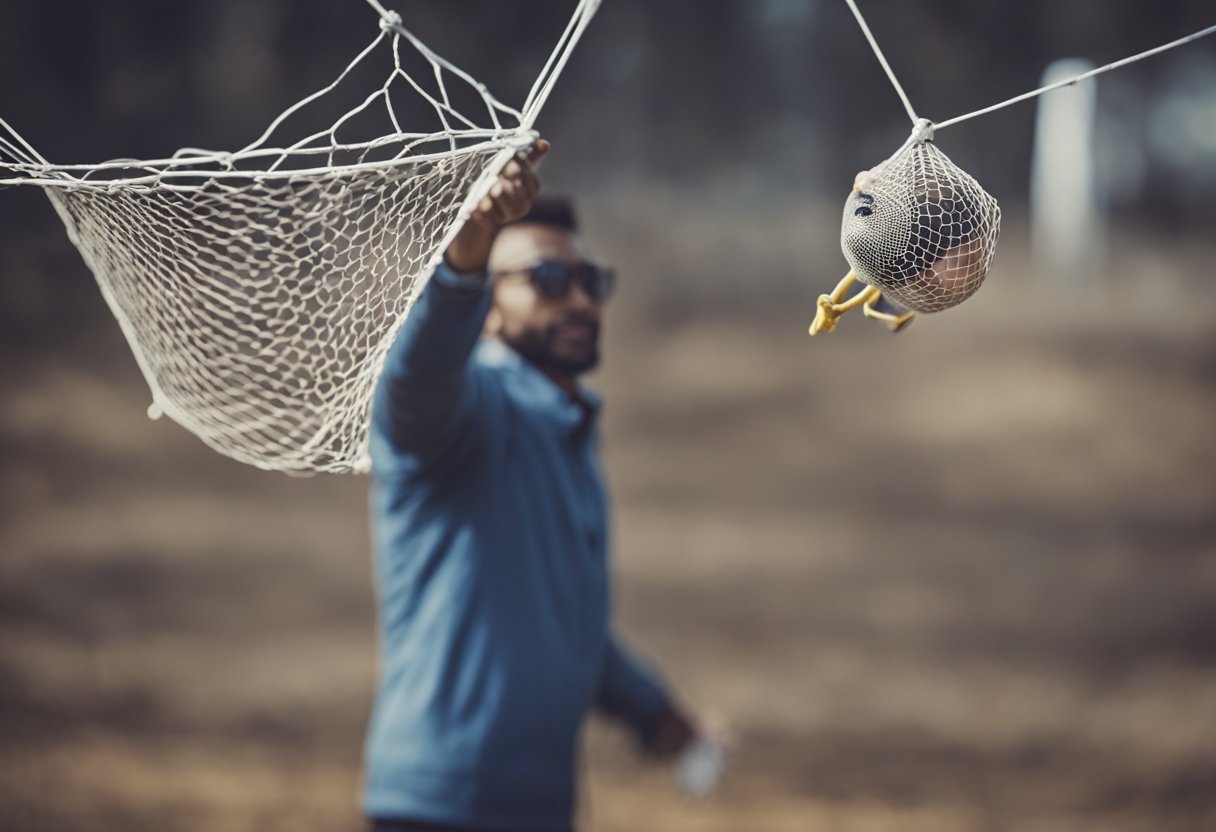The physical and psychological aftereffects that follow a strong BDSM session for submissive partners are known as subdrops. It is brought on by a rapid reduction in hormones, including adrenaline and endorphins, which causes tiredness, depression, and even headaches. Anyone engaged in BDSM has to understand sub-drop since it emphasizes the need for aftercare and communication among couples.Following a lively play session, people often experience a range of feelings. The degree of the session and the personal emotional reactions will affect the experience of the sub-drop. Understanding the symptoms and knowing how to deal with them can help everyone engaged to have a much better whole experience. Researching supportive actions like water, appropriate nutrition, and honest communication will help those interested in how to handle and avoid sub-drops to make a significant difference. A safer and more enjoyable BDSM encounter results from knowing what a sub-drop is and being ready for it.
Understanding Sub Drop

The mental and physical responses a subordinate could have following a strong BDSM session are known as “subgroups.” It can have psychological as well as physical consequences and affects hormones. Understanding the indicators and reasons forsubdropsp will enable people to better control their experiences.
Definition and Causes

Following a BDSM encounter, a submissive’s body undergoes a rapid hormonal drop known as subdrop. The body releases substances like endorphins and adrenaline during play that provide bliss. These hormone levels drop quickly as the session stops, leading to a spectrum of emotional and physical effects.
- Typical reasons for sub-drop consist of:
- Session’s intensity
- Insufficient appropriate post-care
- personal variations in emotional control
Knowing these triggers will enable people to get ready and handle situations.
Physiological Effects
It’s important for individuals experiencing these symptoms to take care of their bodies through hydration, eating nutritious foods, and resting.
Psychological Effects
Psychologically, a sub-drop can cause bewilderment, worry, or depression. The sudden change in the emotional state could leave a subservient impression. Sub-drop can have physiological symptoms including headaches, muscle aches, and tiredness. Energy levels may drop as the body moves from a high degree of excitement. Additionally causing a sensation of bodily heaviness is the quick drop in endorphins.
Among the physical indicators to be on the lookout are:
- low vitality or lethargy
- Muscle pain
- Changes in sensitivity or vulnerability; hunger. Lack of emotional support or aftercare following a session will cause this response to get stronger.
Among the important psychological consequences could be mood swings.
- Emphasizing solitude
- Problems focusing
Acknowledging these psychological changes, submissives can express their demands and ask for help from reliable partners to properly negotiate their emotions..
Managing and Mitigating Sub-Drop
Good management of sub-drop depends on fundamental ideas that give emotional and physical well-being a top priority. Important strategies include open communication to establish trust and aftercare to promote recovery.
Aftercare and Support
Anyone going through sub-drop depends critically on aftercare. It entails looking after both physically and emotionally following BDSM events. To assist someone feel safe, this can include soft touch, comforting words, and cuddles.
Furthermore helping healing are hydration and healthy snacks. Simple items like yogurt or bananas help to restore energy levels.
Further improving recuperation is peaceful surroundings with soft lighting and relaxing music. The emphasis should be on the personal requirements of the person and on means of efficiently satisfying those demands.
Communication and Consent
Managing sub-drop calls on open communication only requires Talking about emotions both before and after play can help one spot possible triggers. This conversation helps both spouses to properly negotiate emotional reactions.
Before doing BDSM, it is imperative to define precise limits and get permission. This guarantees that both people have the same values and grasp of each other’s requirements.
Frequent meetings help to build trust and provide a comfortable environment where emotions concerning subgroups may be freely expressed. This continuous conversation can greatly help to reduce anxiety and isolation.
Frequently Asked Questions
For those fresh to BDSM or first-time practitioners, sub-drop might create many questions. Knowing how to control and spot it will help everyone engaged to have a better experience.
How can one cope with sub-drop effectively?
Managing a subgroup calls for emotional support and self-care. One can benefit by using relaxation strategies including meditation or deep breathing. Additionally helpful is reaching out to reliable companions for comfort.
What are the common symptoms of sub-drop?
Common sub-drop symptoms are irritation, tiredness, and depression. Some people could have bodily complaints including muscle aches or headaches. Others could have little drive or energy.
Why does a sub-drop occur after a BDSM scene?
The hormonal alterations brought on in dramatic scenes cause subdrops. Adrenaline and endorphins the body releases can cause a rapid decline in these chemicals later. Reactions both emotional and physical can follow from this disparity.
What steps can be taken to prevent a sub-drop?
Before, during, and after scenes, open communication is the foundation for preventing sub-drops. One can benefit from slow changes out of strong emotions. Additionally important are organizing aftercare and making sure one is getting enough nutrients and water.
Can aftercare reduce the effects of sub-drop?
Reducing the symptoms of sub-drop depends mostly on aftercare. Important is to offer reassurance, emotional support, and physical comfort. This attention can greatly lessen the change following a scene and aid in settling feelings.
Conclusion:
Following a BDSM session, a subordinate (or “sub”) may go through a notable emotional phenomenon known as “sub-drop,” or sudden grief. Often the outcome of a complicated interaction of psychological, emotional, and physiological elements, this reaction results from the release of endorphins during the scenario and their subsequent decline thereafter. In a BDSM relationship, both the submissive and the dominant (or “dom”) need an awareness of sub-drop since it emphasizes the need for aftercare, communication, and emotional support.